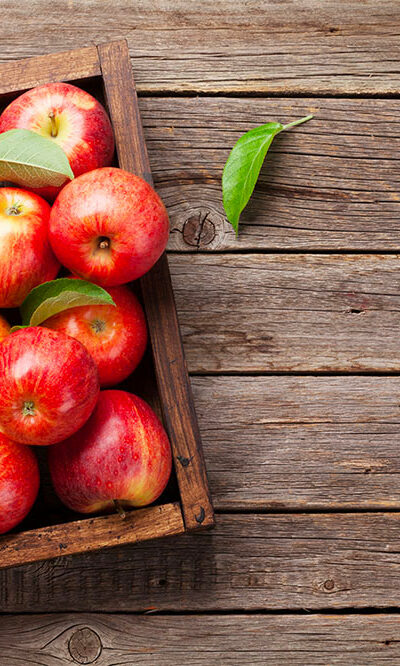
3 tips for the management of multiple myeloma
Multiple myeloma is a type of cancer associated with white blood cells. In this condition, the white blood cells fail to perform their usual function of fighting infections. These unhealthy white blood cells crowd out the healthy cells. Multiple myeloma is a rare type of cancer in the country, with a lifetime risk of 1 out of 132 (0.76 percent). This article highlights some treatment options, food choices, and tips to manage the condition: Treatment options Two major treatment options for multiple myeloma are BCMA therapy and the use of monoclonal antibodies. BCMA (B-cell maturation antigen) can be seen in almost all multiple myeloma cells. Many studies indicate that targeting BCMA can significantly help in multiple myeloma treatments. BCMA is a part of signaling pathways that lead to the survival and growth of cancerous plasma cells. Many new BCMA-targeted therapies are being developed, which could help in the treatment of relapsed and refractory multiple myeloma. The use of monoclonal antibodies is another treatment method. Monoclonal antibodies can help in restoring, modifying, or improving the immune system’s attack on unwanted cells, like cancer cells. Some monoclonal antibodies prevent cancer cells from connecting with proteins that promote cell growth. Thus, they can block the growth of cancer cells. Certain other types of monoclonal antibodies are known to directly destruct cancer cells. Food choices Myeloma patients should consume fruits and vegetables like carrots, broccoli, spinach, kale, avocado, lettuce, beetroot, pomegranates, berries, and peaches. These foods are rich in antioxidants that help improve the immune system. One can also consume fiber-rich foods like apples, pears, whole grains, oatmeal, broccoli, carrots, and celery, as they help prevent constipation due to chemotherapy. Multiple myeloma can significantly weaken one’s immune system. It is important to stay away from foods that could make you sick or develop a food-borne infection.










